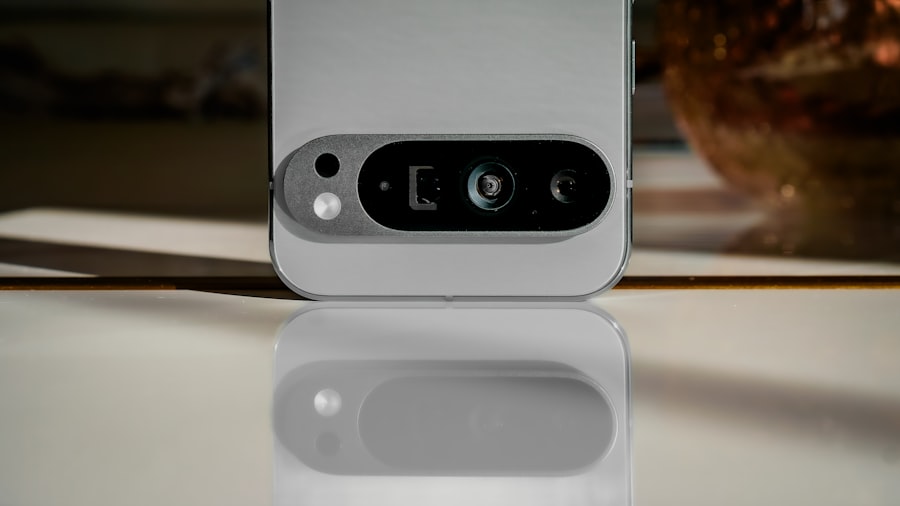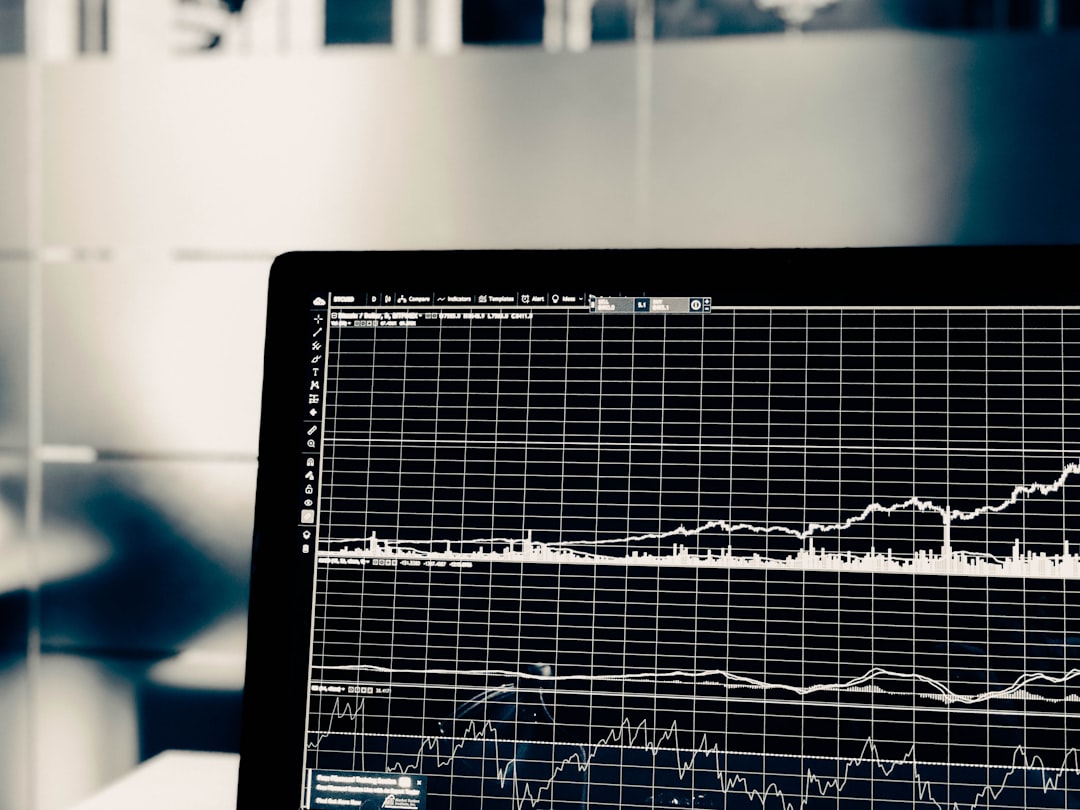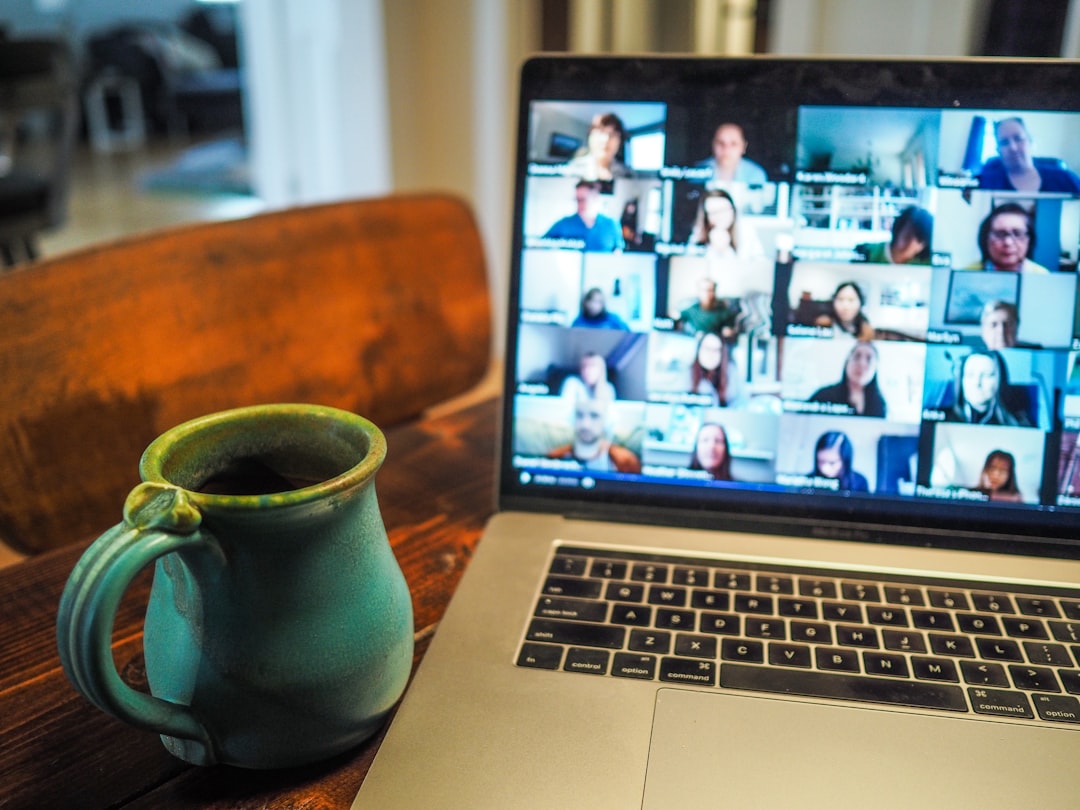In recent years, the integration of artificial intelligence (AI) into various aspects of daily life has revolutionized how we approach personal hygiene. As the world grapples with health crises and the need for enhanced sanitation practices, AI-powered solutions have emerged as vital tools in promoting better hygiene habits. These technologies leverage machine learning, computer vision, and data analytics to monitor, assess, and improve personal hygiene behaviors.
From handwashing to mask-wearing, AI is reshaping our understanding of cleanliness and health in a rapidly evolving landscape. The significance of personal hygiene cannot be overstated, especially in the wake of global pandemics that have highlighted the importance of maintaining health standards. AI-powered personal hygiene solutions are designed not only to encourage individuals to adopt better practices but also to provide real-time feedback and insights.
This article delves into the various applications of AI in personal hygiene, exploring how these technologies can enhance our daily routines and contribute to public health initiatives. AI systems are revolutionizing industries, for more information visit AI systems.
Key Takeaways
- AI-powered personal hygiene solutions use artificial intelligence to improve hygiene practices and promote safe habits.
- AI can detect handwashing behavior and mask-induced face touching to encourage better hygiene practices.
- AI plays a role in assessing and optimizing hygiene practices, providing valuable insights for improvement.
- Advantages of AI-powered personal hygiene solutions include improved accuracy and efficiency, but limitations include privacy concerns and ethical considerations.
- Implementing AI-powered personal hygiene technologies in public spaces can help create safer and healthier environments for everyone.
Handwashing Behavior Detection: How AI Can Improve Hygiene Practices
Real-time Monitoring for Improved Compliance
These systems utilize cameras and sensors to monitor individuals’ handwashing habits, ensuring they follow proper techniques and durations as recommended by health authorities. This real-time monitoring not only encourages compliance but also provides valuable data for public health officials to assess community hygiene practices.
Data-Driven Insights for Targeted Interventions
Moreover, AI can analyze patterns in handwashing behavior, identifying trends and areas for improvement. For instance, if a particular location shows low compliance rates, targeted interventions can be implemented to encourage better practices. This data-driven approach allows for a more tailored response to hygiene challenges, ultimately leading to improved health outcomes.
Transforming Handwashing through AI
By harnessing the power of AI, we can transform handwashing from a mundane task into a monitored and optimized practice that significantly contributes to public health. This innovative approach has the potential to make a significant impact on community health, and it’s an exciting development in the field of personal hygiene.
Mask-induced Face Touch Detection: Using AI to Promote Safe Hygiene Habits

The COVID-19 pandemic has brought mask-wearing to the forefront of public health measures, but it has also introduced new challenges related to personal hygiene. One such challenge is the tendency for individuals to touch their faces while wearing masks, which can negate the protective benefits of mask usage.
These AI systems utilize facial recognition and gesture detection algorithms to monitor users’ movements discreetly. When an individual is observed touching their face, the system can send a notification through a connected device, prompting them to refrain from doing so. This proactive approach not only reinforces safe hygiene habits but also educates users about the importance of minimizing face contact while wearing masks.
The Role of AI in Optimized Hygiene Assessment
AI’s capabilities extend beyond behavior detection; it also plays a significant role in optimizing hygiene assessments across various environments. For instance, in healthcare settings, AI can analyze data from multiple sources—such as hand hygiene compliance rates, infection rates, and environmental cleanliness—to provide a comprehensive overview of hygiene practices. This holistic assessment enables healthcare facilities to identify weaknesses in their hygiene protocols and implement targeted improvements.
In addition to healthcare, AI can be applied in public spaces such as schools, restaurants, and offices. By collecting data on foot traffic patterns and hygiene compliance rates, AI systems can generate insights that inform facility management decisions. For example, if a particular restroom consistently shows low handwashing compliance, management can increase signage or install automated handwashing stations to encourage better practices.
The ability of AI to synthesize vast amounts of data into actionable insights is transforming how we assess and improve hygiene standards across various sectors.
Advantages and Limitations of AI-powered Personal Hygiene Solutions
The advantages of AI-powered personal hygiene solutions are manifold. Firstly, they provide real-time feedback that encourages individuals to adopt better hygiene practices. This immediate reinforcement can lead to lasting behavioral changes that contribute to overall public health.
Secondly, these technologies offer valuable data analytics capabilities that allow organizations to monitor compliance rates and identify areas for improvement. By leveraging this data, stakeholders can make informed decisions that enhance hygiene protocols and ultimately reduce the spread of infectious diseases. However, there are limitations to consider as well.
One significant concern is the reliance on technology; not everyone may have access to or be comfortable using AI-powered solutions. Additionally, there are potential issues related to accuracy and false positives in behavior detection systems. If users receive incorrect alerts or feedback, it may lead to frustration or disengagement from the technology.
Furthermore, the implementation of these solutions requires investment in infrastructure and training for staff members who will operate them. Balancing the advantages with these limitations is essential for successful integration into everyday life.
Implementing AI-powered Personal Hygiene Technologies in Public Spaces

The implementation of AI-powered personal hygiene technologies in public spaces presents both opportunities and challenges. To effectively integrate these solutions, stakeholders must consider factors such as user experience, accessibility, and cost-effectiveness. For instance, installing handwashing stations equipped with AI monitoring systems in high-traffic areas can significantly enhance compliance rates while providing valuable data for analysis.
Moreover, public awareness campaigns are crucial for educating individuals about the benefits of these technologies. By fostering a culture of hygiene awareness and encouraging community participation, stakeholders can create an environment where AI-powered solutions thrive. Collaboration between technology developers, public health officials, and community organizations will be essential in ensuring that these innovations are embraced and utilized effectively.
Ethical Considerations and Privacy Concerns in AI-powered Personal Hygiene
As with any technology that involves data collection and monitoring, ethical considerations and privacy concerns must be addressed when implementing AI-powered personal hygiene solutions. The collection of personal data raises questions about consent and how that data will be used. Stakeholders must ensure transparency in their practices and communicate clearly with users about what data is being collected and how it will be utilized.
Additionally, there is a risk of bias in AI algorithms that could lead to unequal treatment or surveillance of certain populations. It is imperative that developers prioritize fairness and inclusivity when designing these systems. Establishing ethical guidelines and frameworks for the use of AI in personal hygiene will be crucial in building trust among users and ensuring that these technologies serve the greater good without compromising individual rights.
The Future of AI-powered Personal Hygiene: Potential Developments and Impacts
Looking ahead, the future of AI-powered personal hygiene holds immense potential for further advancements and impacts on public health. As technology continues to evolve, we can expect more sophisticated algorithms capable of analyzing complex behaviors and providing personalized recommendations for individuals based on their unique habits and environments. For instance, future systems may integrate wearable technology that monitors users’ health metrics alongside their hygiene practices, offering a comprehensive view of their overall well-being.
Moreover, as global health challenges persist, the demand for innovative solutions will only grow. The integration of AI into personal hygiene practices could lead to more resilient communities equipped to handle future health crises effectively. By fostering collaboration between technologists, healthcare professionals, and policymakers, we can harness the power of AI to create a healthier world where personal hygiene is prioritized as a fundamental aspect of public health.
In conclusion, AI-powered personal hygiene solutions represent a significant leap forward in our approach to cleanliness and health management. By leveraging advanced technologies to monitor behaviors, assess compliance, and promote safe practices, we can enhance individual habits while contributing to broader public health initiatives. As we navigate the complexities of implementing these solutions ethically and effectively, the potential benefits for society are vast—ushering in a new era where personal hygiene is seamlessly integrated into our daily lives through the power of artificial intelligence.
If you are interested in exploring the intersection of technology and personal hygiene, you may also find the article on Metaverse and Industries: Education and Learning intriguing. This article delves into how the metaverse is revolutionizing the education sector, offering new opportunities for immersive learning experiences. Just as AI-powered solutions are transforming personal hygiene practices, the metaverse is reshaping the way we approach education and training.
FAQs
What is AI-powered Personal Hygiene?
AI-powered Personal Hygiene refers to the use of artificial intelligence technology to monitor and improve personal hygiene practices. This can include detecting handwashing behavior, identifying face touching while wearing a mask, and assessing overall hygiene habits.
How does AI detect handwashing behavior?
AI can detect handwashing behavior through the use of sensors and cameras that monitor hand movements and the use of soap and water. Machine learning algorithms can analyze this data to determine if proper handwashing techniques are being followed.
What is mask-induced face touch detection?
Mask-induced face touch detection involves using AI to identify instances where individuals touch their face while wearing a mask. This can help raise awareness of this behavior and encourage better hygiene practices to prevent the spread of germs.
How does AI optimize hygiene assessment?
AI can optimize hygiene assessment by analyzing data collected from various sources, such as sensors, cameras, and wearable devices, to provide insights into an individual’s hygiene habits. This can help identify areas for improvement and provide personalized recommendations for better hygiene practices.











Leave a Reply